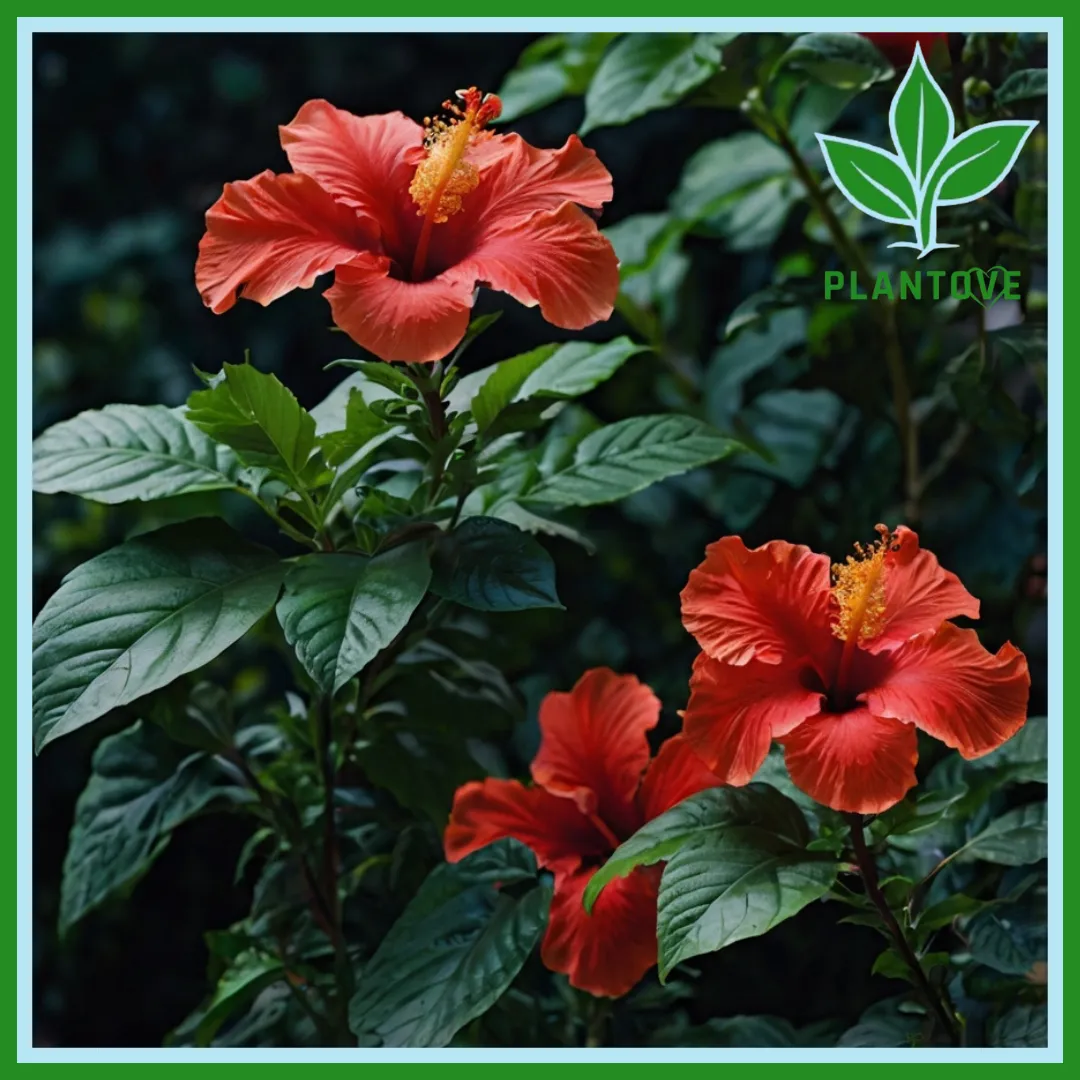The hibiscus plant is a tropical beauty known for its large, vibrant blooms and its many uses. Originating from warm climates, it has become a favorite in gardens and homes worldwide. With proper care, it offers both aesthetic value and practical applications. This guide delves into essential hibiscus plant care, growing tips, and its many uses and benefits.
The hibiscus plant belongs to the Malvaceae family, which includes several hundred species. Often associated with tropical and subtropical regions, hibiscus plants thrive in warm weather. They showcase large, trumpet-shaped flowers in colors like red, pink, Blue, white, yellow, and even multicolored varieties.
Not only does the hibiscus plant add beauty to any space, but it also serves practical purposes in herbal remedies, teas, and even culinary dishes. This versatile plant can brighten your home or garden while offering health benefits as well.
Types of Hibiscus Plant
There are several popular varieties of the hibiscus plant, each with its own unique characteristics. Below are the most common types:
- Hibiscus Rosa-Sinensis (Tropical Hibiscus): Thriving in warm, tropical climates, this species features large flowers in bright shades of red, pink, or yellow. It is commonly grown as a decorative garden plant.
- Hibiscus Moscheutos (Hardy Hibiscus): Ideal for temperate climates, hardy hibiscus tolerates cooler temperatures. It produces equally vibrant and large blooms, making it a popular choice for northern gardens.
- Hibiscus Sabdariffa (Roselle): This variety is widely cultivated for its edible calyces, which are used in herbal teas, drinks, and traditional medicine. Rich in antioxidants, roselle is a favorite for health-conscious individuals.
- Hibiscus Syriacus (Rose of Sharon): A resilient deciduous shrub, this hibiscus type withstands winter temperatures and returns with strength each spring. Its colorful flowers make it an excellent option for landscaping projects.
Benefits of Hibiscus Plant
The hibiscus plant offers more than just visual appeal. It provides several important benefits, including:
- Health Benefits: Hibiscus flowers are known to support heart health, lower blood pressure, and improve digestion. They are packed with antioxidants and vitamin C, contributing to overall wellness.
- Culinary Uses: Many cultures use hibiscus in recipes for jams, teas, and even desserts. The flower’s tart flavor enhances drinks and culinary dishes, adding a refreshing twist.
- Natural Dye: The vivid colors of hibiscus flowers can be used as a natural dye for fabrics and food, offering a sustainable and chemical-free option.
- Garden Appeal: Whether planted in pots or in the ground, hibiscus adds a vibrant splash of color to any landscape, boosting its overall aesthetic appeal.
How to Grow Hibiscus Plant from Stem
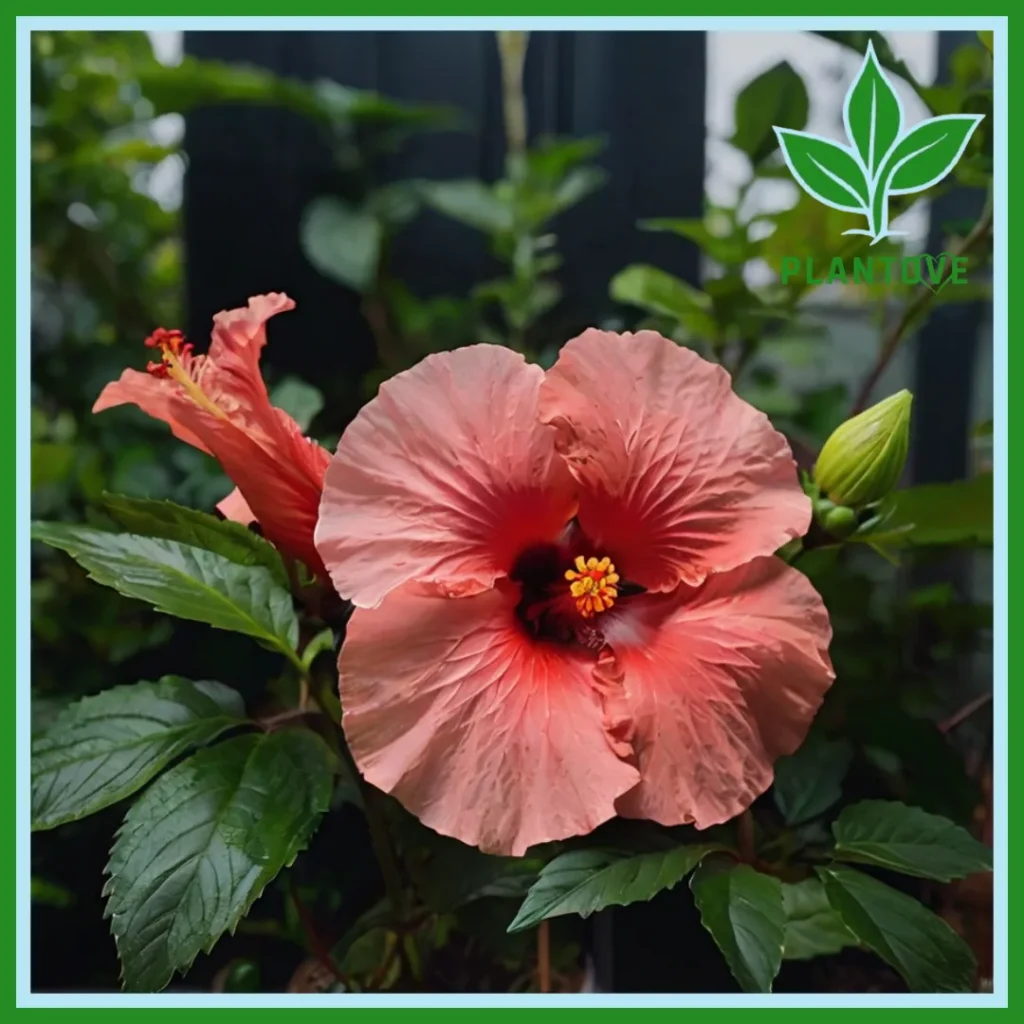
Growing a hibiscus plant from a stem is a simple and rewarding process. Follow these steps to successfully propagate your hibiscus from a cutting:
- Select a Healthy Stem: Begin by choosing a healthy, green stem from a mature hibiscus plant. The cutting should be around 4 to 6 inches long.
- Make the Cut Below a Node: Using sharp scissors or a knife, cut just below a leaf node. This is where the roots will eventually develop.
- Remove Lower Leaves: Strip away the leaves from the bottom half of the cutting. Retain a few leaves at the top to reduce water loss.
- Apply Rooting Hormone: Dipping the cut end of the stem in rooting hormone can increase the chances of successful propagation.
- Plant the Cutting: Place the stem into a pot filled with well-draining soil. Water the soil to settle it around the stem.
- Maintain Ideal Conditions: Keep the pot in a warm, sunny spot. Regularly water the cutting to ensure the soil remains moist, but not soggy. In a few weeks, roots should begin to form, and new growth will follow.
Outdoor Hibiscus Plant Care
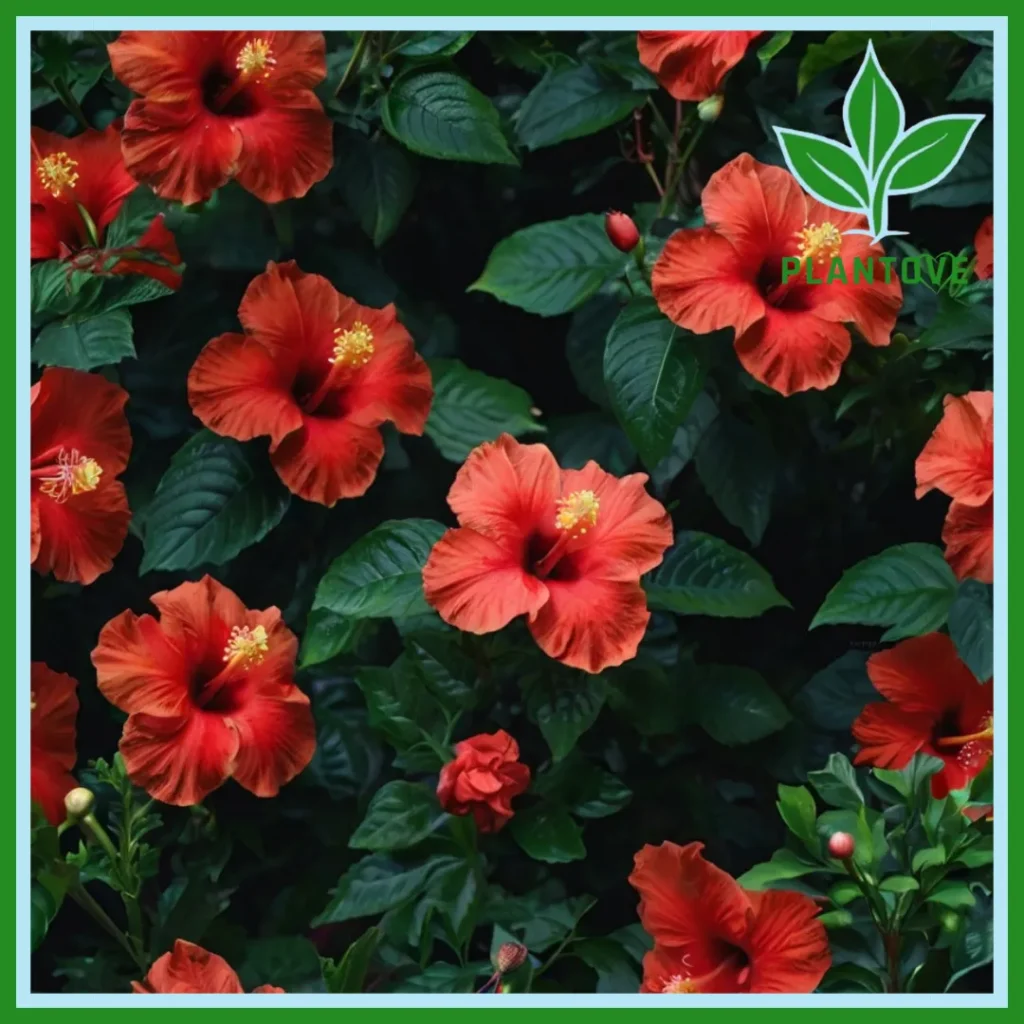
When growing hibiscus plants outdoors, you need to meet several basic care requirements to keep them healthy and vibrant:
- Sunlight: Hibiscus thrives in full sunlight. For best results, plant it in an area where it can receive at least 6 hours of direct sunlight daily. If you live in an extremely hot climate, some afternoon shade can help protect the plant.
- Watering: Hibiscus plants need consistent moisture, especially during their growing season. Water deeply when the top inch of soil feels dry, but avoid waterlogging the roots.
- Soil Quality: Well-draining, slightly acidic soil is crucial for a healthy hibiscus plant. If your garden has poor drainage, consider planting your hibiscus in raised beds or containers.
- Fertilization: Feed the plant every two weeks with a balanced fertilizer during the growing season. Look for a formula rich in potassium and phosphorus, which encourages healthy blooms.
- Pruning: Regular pruning in early spring promotes bushy growth and keeps the plant looking neat. Be sure to remove dead or damaged branches, as they can hinder healthy growth.
- Winter Protection: If you live in a cooler climate, hardy hibiscus varieties can survive the winter with adequate protection. Mulch around the base of the plant to insulate it from cold temperatures. Tropical varieties should be moved indoors during the colder months.
How to Grow Hibiscus Indoors
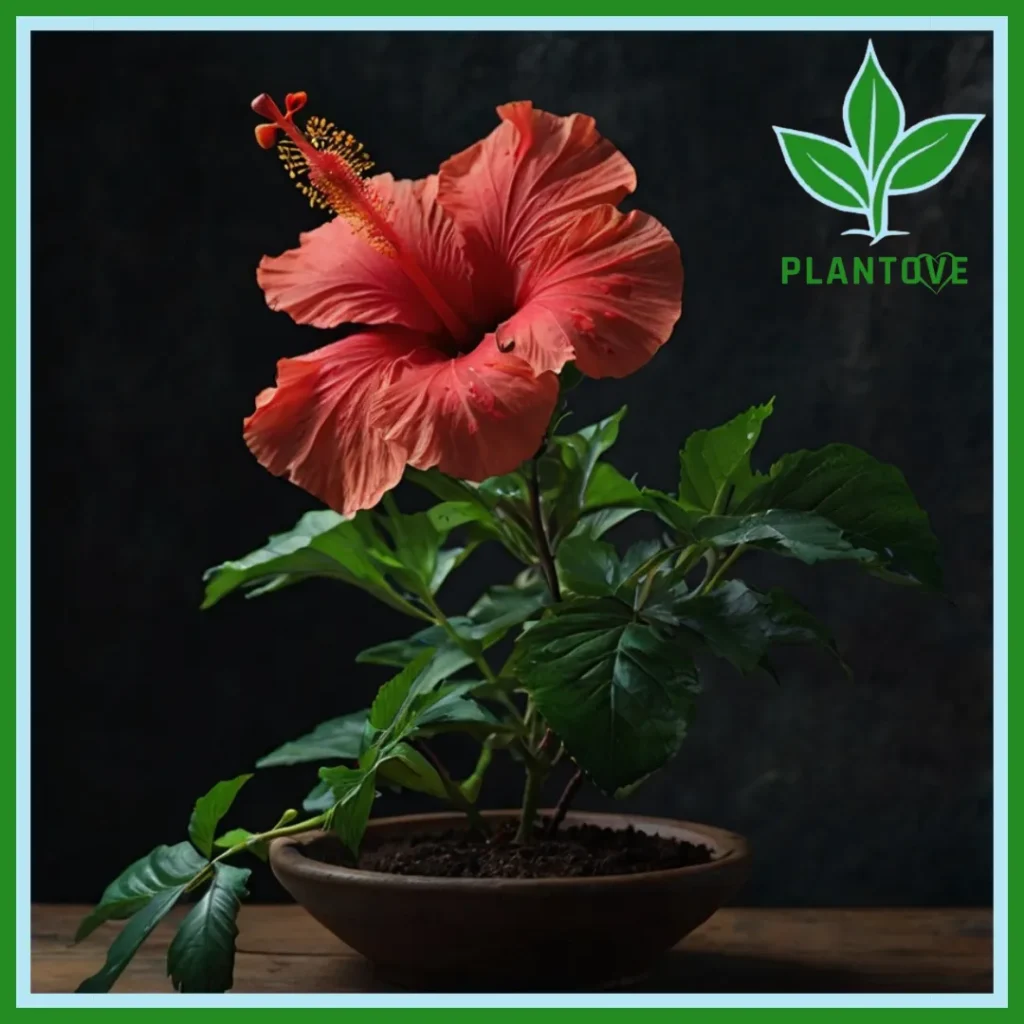
Hibiscus can also thrive indoors with the right care. Follow these tips for growing a hibiscus plant inside your home:
- Light Exposure: Place your hibiscus in a location with bright, indirect sunlight. A south-facing window is ideal for ensuring the plant receives enough light to grow.
- Watering Needs: Indoor hibiscus requires less water than its outdoor counterparts. Water when the top inch of soil feels dry, and make sure the pot has proper drainage to prevent root rot.
- Humidity: Hibiscus plants enjoy humid environments. If your home is dry, use a humidifier or place the pot on a tray of water with pebbles to maintain moisture in the air.
- Fertilizing: Feed your indoor hibiscus once a month with a diluted, balanced fertilizer during the growing season. Reduce fertilization in the winter when growth slows down.
- Repotting: Indoor hibiscus plants should be repotted every 2 to 3 years. Select a pot that’s only slightly larger than the current one, as this will encourage healthy root growth and flowering.
Hibiscus Plant for Tea
One of the most popular uses of the hibiscus plant is making hibiscus tea. Hibiscus tea is brewed from the dried calyces of the Hibiscus Sabdariffa species and offers numerous health benefits. It is rich in antioxidants and vitamin C, making it a refreshing and healthy drink.
- Antioxidant Power: Hibiscus tea contains potent antioxidants that fight free radicals and support the immune system.
- Lowering Blood Pressure: Research suggests that regularly drinking hibiscus tea may help lower systolic and diastolic blood pressure.
- Aiding Weight Loss: Hibiscus tea may boost metabolism and support weight loss efforts.
- Supporting Liver Health: The antioxidants in hibiscus tea promote liver health by assisting the body in detoxification.
To prepare hibiscus tea at home, steep dried hibiscus flowers in hot water for 5 to 10 minutes. You can add lemon, honey, or mint to enhance its flavor.
Hibiscus Uses
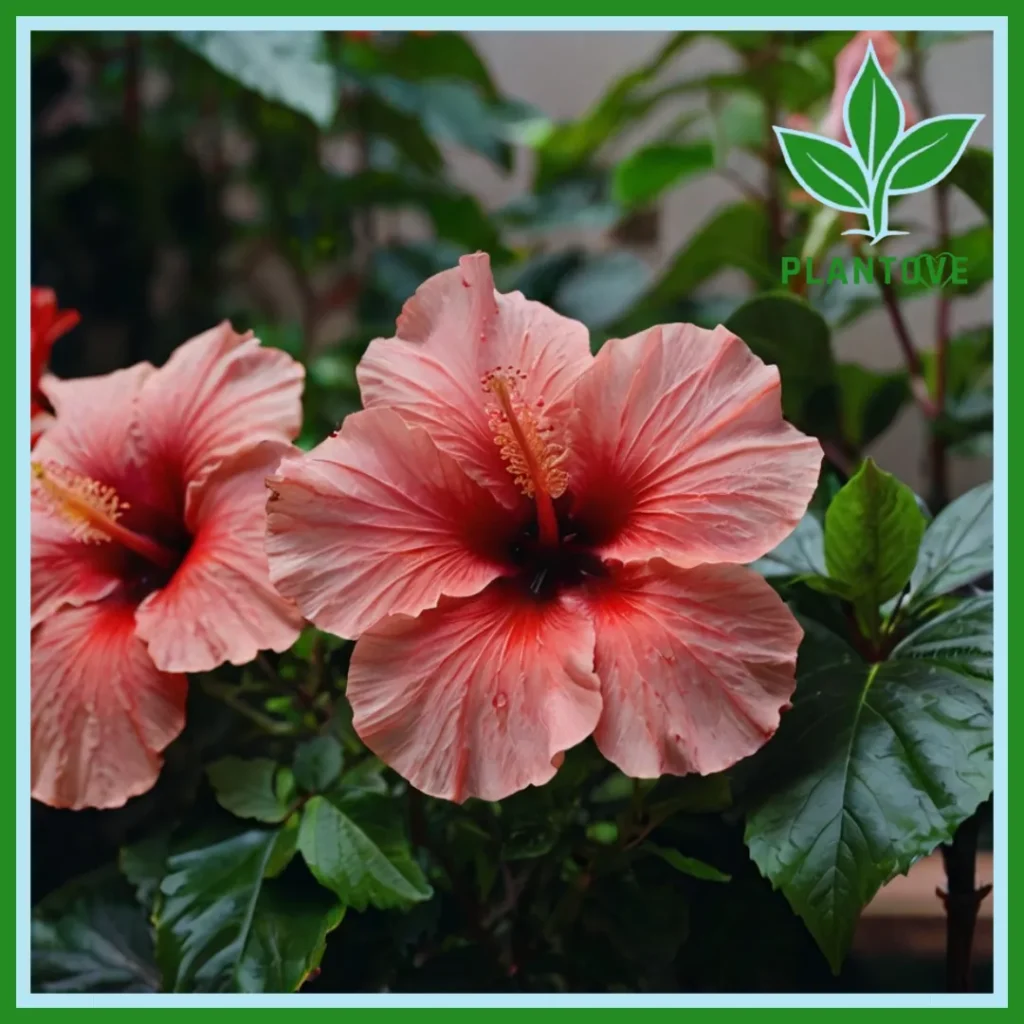
Aside from tea, the hibiscus plant has various other uses:
- Skincare Products: Hibiscus is often used in natural skincare products for its hydrating and anti-aging properties.
- Culinary Delights: The petals of hibiscus flowers can be used in jellies, sauces, and even salads to add a tangy flavor and vibrant color.
- Traditional Medicine: In traditional medicine, hibiscus has been used to treat a range of ailments, including high blood pressure, digestive issues, and fevers.
How to Encourage Hibiscus Blooms
To ensure your hibiscus plant produces abundant flowers, follow these helpful tips:
- Maximize Sunlight Exposure: The more sunlight your hibiscus receives, the more flowers it will produce. Aim for 6 to 8 hours of direct sunlight daily.
- Use Proper Fertilization: Fertilize your hibiscus with a formula high in potassium every two weeks during the growing season to promote flowering.
- Consistent Watering: Hibiscus plants require consistent watering to support blooming. However, avoid overwatering, as it can lead to root rot.
- Prune Regularly: Pruning encourages new growth and more flowers. Trim your hibiscus in early spring for optimal results.
Conclusion
The hibiscus plant is a versatile, beautiful, and beneficial addition to any garden or home. From its vibrant blooms to its various uses in tea, skincare, and traditional medicine, the hibiscus plant offers both aesthetic and practical value. By providing the right care—whether growing hibiscus from a stem, caring for it outdoors, or enjoying it indoors—you can ensure this stunning plant thrives. Moreover, the health benefits it brings through its rich antioxidants make it an excellent choice for anyone looking to enjoy nature’s gifts.

